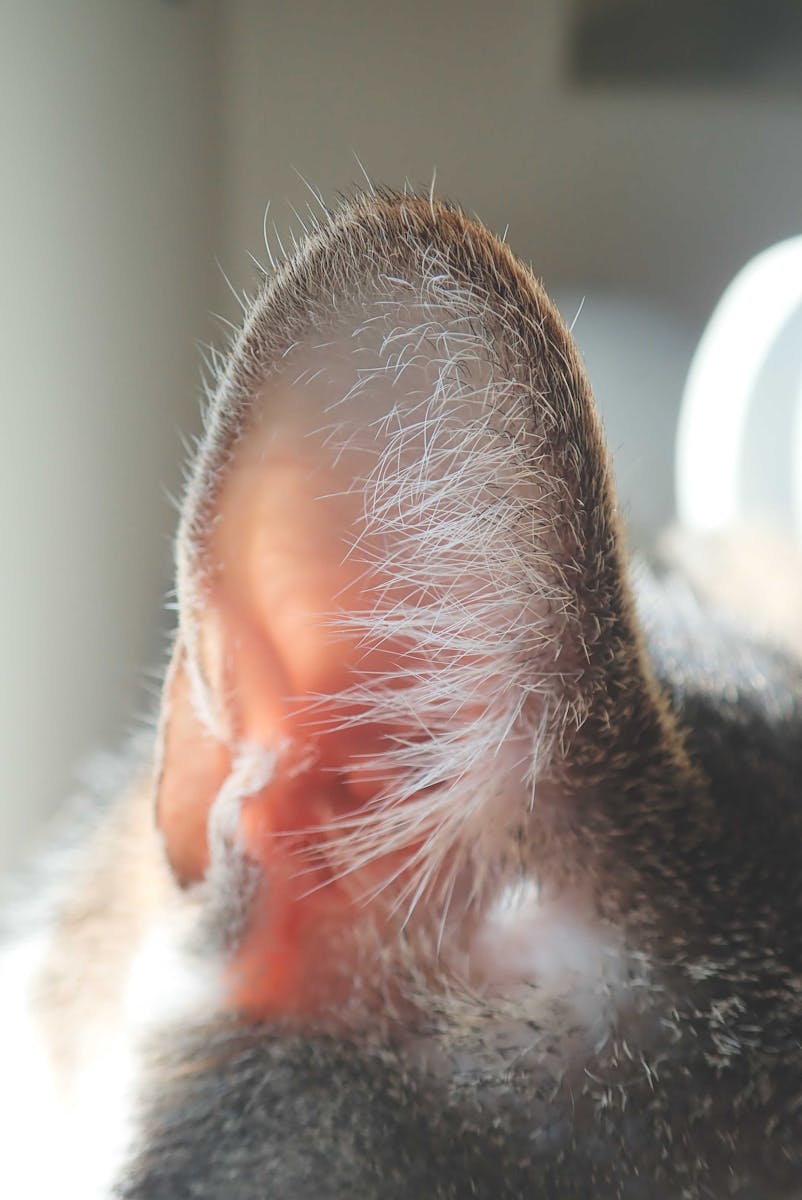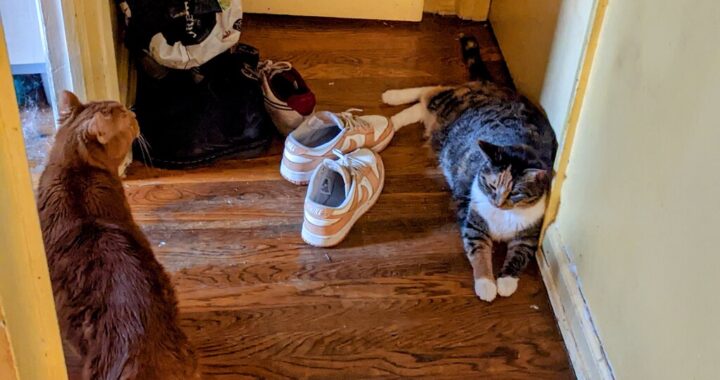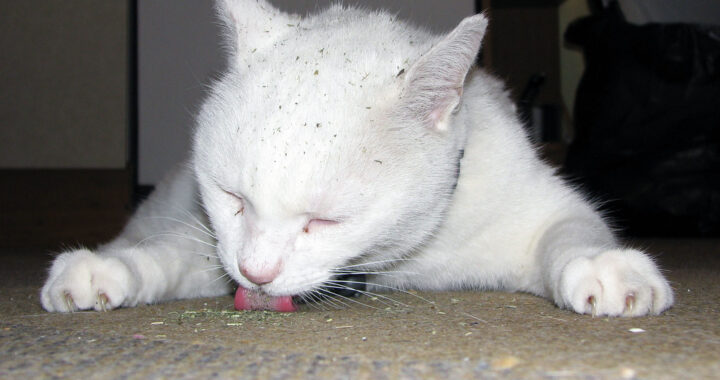
Photo by Francesco Ungaro on Pexels
by Nomi Berger
Does the sight of your kitty shaking her head and scratching either one or both of her ears have you worried? If so, the likely culprit is an ear infection.
Not only are ear infections (otitis externa) uncomfortable and painful, they make the ear canals extremely sensitive. As a result, cats will shake their heads and scratch their ears in an effort to remove the debris and fluid from their ear canals. Their ears will often become red and inflamed, develop an offensive smell, accompanied most often by a yellow, brown or black discharge.
While an infestation of ear mites can cause many of these same symptoms, ear mite infections are generally found in outdoor cats and in kittens. Ear mites in adult cats tend to occur after a kitten already infected with ear mites is brought into your home.
Sometimes ear mites create an “environment” within a kitten or cat’s ear canals that prove to be a fertile breeding ground for a yeast or bacterial infection, i.e., a secondary infection. Ironically, by the time you bring your kitty to the veterinarian, the mites may be gone but a serious ear infection may remain.
To determine the precise cause of the problem, your vet will examine your cat’s ear canals with an otoscope, an instrument that provides both light and magnification. This allows for an excellent view of the ear canal and enables your vet to determine if the eardrum is intact and if there’s a foreign object, polyp or even a tumor in the canal. Should the canal be severely inflamed or should there be a large amount of debris and/or discharge inside it, a thorough examination may be impossible. If this is the case or if your kitty’s ears are extremely painful, and she refuses to allow them to be examined, she may require sedation or a general anesthetic.
Your vet will then examine a sample of the material taken from her ear canal under a microscope for any signs of infection. For a bacterial or fungal infection, a specific medication will usually be sufficient, but if more than one type of infection is identified, it will require multiple medications. (Some medications combine both antibiotics and antifungal treatments with an anti-inflammatory agent). If a foreign object is lodged in her ear canal, she can always be sedated to have it removed.
Of even greater importance, though, is determining whether or not your kitty has some underlying condition. If this can’t be determined, she’s either less likely to respond positively to treatment or she may respond temporarily only to relapse once it’s discontinued. The possibilities include allergies, an ear mite infestation or an oddly shaped ear canal. Not to mention, closing of the ear canal when an infection becomes both severe and chronic. Some medications may help shrink the swollen tissues and open the canal. However, some cases may eventually require surgery.
On the plus side, nearly all ear infections that are correctly diagnosed and treated can be cured!







